I typically look forward to the release of new cakes from Essence of Tea (nee Nadacha). This year, as with the past two years, cakes from Nada have been my first introduction to leaves from the new season. There are five cakes available this year. I like one of them very much, I like one of them a little less, and I find three of them to be "not my cup of tea", although all are well-made.
Let's start with that which I enjoyed the most: this Bangwei xiaobing.
Let's start with that which I enjoyed the most: this Bangwei xiaobing.
The pretty wrappers are quite charming this year, as shown above. Call me shallow, but I rather like a good design on a tea-wrapper. Calligraphy is quick and easy, and nods towards classicism, but is less satisfying than a beautiful watercolour. Each production has its own design this year, which is lovely indeed.
This cake was selected by an associate of the proprietors from leaves from 33 "old trees" in the Bangwei area. You can see that it is a little smaller than a normal cake, presumably due to its high cost per weight. Pictured above, it is piggybacked on a regular cake.
It will come as no surprise to learn that the cake is excellent to behold, with long leaves bound loosely into the bing. There is a fresh fragrance about them which reminds me that, despite the English rain, it is spring (and now summer) somewhere in the world.
This Bangwei is yellow, clean, and penetrating. Its sweetness is complex and thoroughly engaging, much as the interesting cakes to which we have become accustomed from previous years productions from Nadacha. As with those earlier cakes, this Bangwei exhibits the telltale signs of good tea: a pronouced cooling sensation in the mouth, a vibrancy on the lips and tongue, a solidity and smoothness of texture. I wrote that "its energy is captivating".
Again, like cakes of years past, this Bangwei demands attention, and refuses to release me from the tea-table. It has the strength to continute into many infusions, while it has the excellent of character to remain interesting throughout, and the sheer content to provide many complex brews.
My diary has "Difficult indeed would it be to find a tea of this purity, complexity, and sweetness."
Now a delicate point, made all the more delicate by the fact that I count Mr. and Mrs. Essence as friends, whose company and tea I appreciate greatly.
It would not be fair to write about the 2012 cakes without mentioning the price. I must also be honest: the prices this year are rather off-putting. Plotted above (more or less to scale) are those data I have for previous years. The fact that I can plot such a graph is a complement to Nadacha, of course: I have the data simply because I have been a captive customer to date.
For the record, and so that he does not feel obliged to repeat himself, I report that Nada stated that his profit margins remain unchanged this year with respect to that of previous years.
Overall - a superior tea, at a difficult price.
--
P.s. teachum EdoB tells me that there has been a recent run on Clouds cakes in Hong Kong, with one vendor citing this humble blog as the "cause of such sudden demand". Madness!
Overall - a superior tea, at a difficult price.
--
P.s. teachum EdoB tells me that there has been a recent run on Clouds cakes in Hong Kong, with one vendor citing this humble blog as the "cause of such sudden demand". Madness!

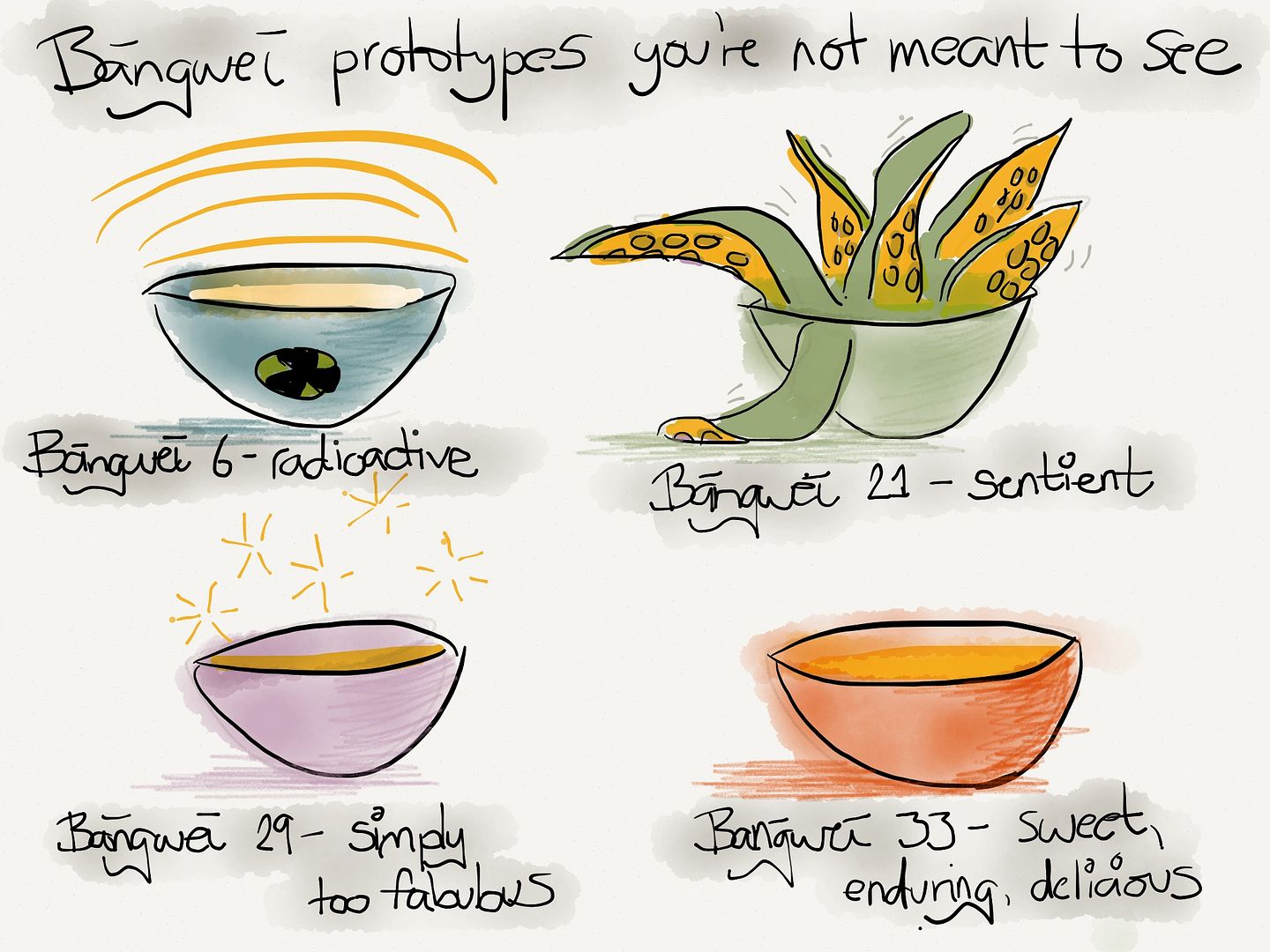

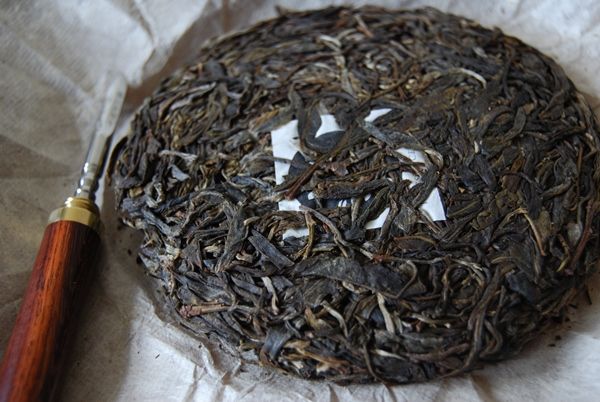
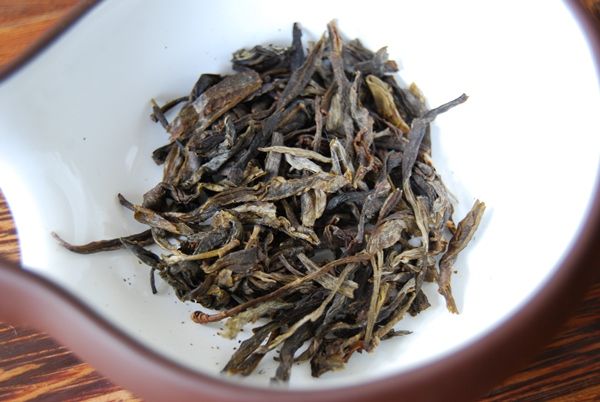
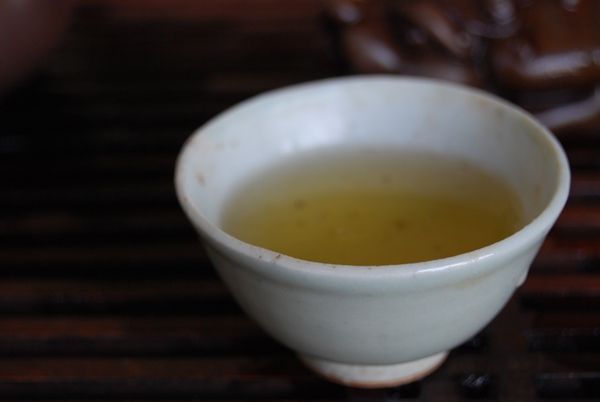
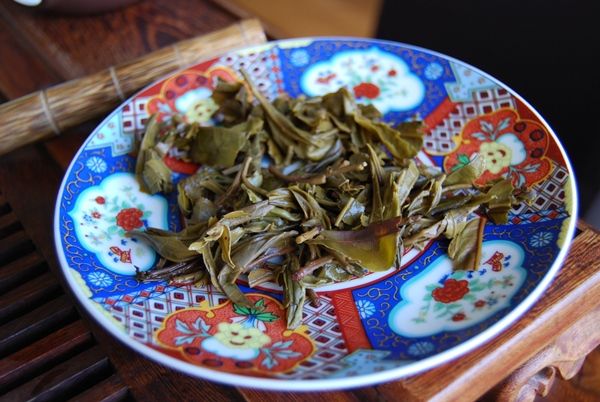

12 comments:
The expense? Could be worse...
The Chinese Tea Shop of Vancouver has a new Lao Banzhang up...for $440/320g cake. Fairly buddy too. Long description, the works.
On the other hand, who can be anything other than pleased when other people agree with you about going out and buying all of a tea you liked?
However, it does strike me as fanciful to imagine a HK'er reading your site in English, and translating it to all her friends, and as a pack, stomp to the nearest Cloud-service teashop, and stuff their Louis Vuitton bags with Cloud's special blend.
Some say that your very good review of last year's Mannuo from Essence of Tea was indeed the reason of its becoming out of stock a few days later... But maybe you bought the whole stock ;-) I guess we'll see with this Bangwei 33 which I love by the way, maybe less than this year's Bulang, but still.
Lovely drawings by the way.
Hi, chaps,
It's a nice tea, and no mistake. It may, possibly, possibly be worth the price, too. That's an individual's decision, of course.
The HK vendor apparently mentioned us by name! Craziness indeed. The Clouds cake was fun - I appreciate Clouds' attempt to have a go at real blending, which is one of the trickiest tea-producing activities to perform. I have a great deal of respect for the blenders at Menghai Tea Co., who represent the pinnacle of this most difficult skill.
Toodlepip,
Hobbes
Dear Hobbes,
Glad you enjoyed the tea. The price is difficult, not just for the consumer, but also for us as producers. Each year we're faced with rising prices for the raw materials, and also the decision as to the grade and quality of the leaves we buy. As you may imagine, if you can have access to them, there's different grades of teas available at different prices. With Bangwei for instance, we could have bought maocha at around a third of this price, purported to be from old trees, but not as old and not as pure. Plantation teas or younger bush teas can be bought for much less. Selecting a tea from specific trees and containing tea from only those trees leads to a fairly large increase in price. The difficult decision we're faced with as a producer is whether the increase in quality justifies the increase in price. Sometimes I feel it does, sometimes it's just too exorbitant.
This year another drought in Yunnan pushed up the prices even higher.
To follow the curve on your graph for example, take the maocha prices in Lao Banzhang (approx RMB/kg) - 2008 - 600RMB, 2009 - 800 RMB, 2010 - 1200RMB, 2011 - 1800RMB, 2012 - 3000RMB.
I use Lao Banzhang as an example because we don't produce tea from there and because the prices are well documented, but other regions (especially more famous ones) have followed a similar curve.
So in the end we're faced with a choice. Either we pay a higher price for the maocha and try to make quality tea, pay less for the maocha and make lower quality tea or choose not to buy the leaves and don't press tea that year.
I don't particularly want to stop pressing puerh tea as long as we can find good quality tea & I think there's more than enough mediocre tea in the world, shipping it round the world, storing and selling it isn't something I really want to do. That leaves us with the third option.
Unfortunately that means the tea is getting more expensive, but that is the state of the market. I expect you'll see similar price increases across the board from all producers who make tea from old trees from sought after regions. There's just no way around it if the leaves are pure and the trees are old.
Financial concerns aside, I'm glad you enjoyed the tea. It is that enjoyment that is the most important factor at the end of the day.
best wishes,
David
I believe the price rises will go on for exactly as long as newbies with money enter the puerh world. Hence the fever will break over the next year or so, for a couple of years rest while overall inflation is given a chance to catch up to puerh and other collectibles.
I don't think it's as much to do with newbies entering the puerh world as much as it is to do with the escalating Asian demand for old/ancient tree puerh in particular. As the masses of factory tea drinkers mature in their tastes and search for something better, the demand for the limited amount of old tree tea increases.
Accompany this with the wealthy Chinese middle class and easy name recognition of a few famous villages/regions and the prices in these areas shoot through the roof. It's just a pity that some of those regions actually have great tea and great old trees that become ruined by overpicking and agrochemicals - a consequence of the greed that money brings.
Well, I did mean all n00bs. If it were just us western folks, it'd be obvious that EoT is using its position to extract MAXIMUM RENT!!11!
As such, given that Easterners are the main consumers of puerh, I expect that the slowdown of economic growth in the Far East will ripple down to prices of top tea, like what happened in summer '07- summer '09. In general, looking at puerh history since the mid-90s, there is a rough trend of two-three years up, two-three years stagnate/down--reflecting the easy resale of puerh tea there, unlike the you-own-it-you keep-it-nature here in the West. That means tea is publicized, forgotten, good ones sifted, retained and bad ones shifted to suckers, n00bs.
Sorry I think you misunderstood me - I wasn't making the distinction between Eastern/Western tea drinkers, more that I think it's demand from maturing tea drinkers that are seeking more refinement from their teas. We in the West are pretty much an inconsequential part of the wider market for higher end puerh tea.
As for the future, it's all speculation. I don't see a decrease in this demand coming any time soon. I guess the farmers would have to be sitting on tea they can't sell before that will start happening. I do wonder how high the price has to go before there's good tea left unsold, but it seems almost like there's no limit to the prices in places like Lao Banzhang and Bingdao.
It would be nice for us tea drinkers if the maocha prices did come down a bit though.
Hmmm, that is an interesting thought. I'm not sure I buy that, though. When I read those eastern sites through the lens of Google Translate, discussion boards dominated by younger, poorer people, like the teabbs.zjol forum, tend to be the ones most fascinated by old tree. Places with more advanced drinkers, like MIT,jft4u, and hkteaforum have a stronger focus on pre-2004 tea as an active acquisition strategy. If mature drinkers who've been around the block were converting, I do not think we'd see as much attempts at educating the publics of the merits of old tree tea nowadays. You see Big Yunnan doing his work, and Chen Zhitong is still at it on his blog, and even more (especially Taiwanese) bloggers who sell tea working hard about educating their customer base. That suggest newer drinkers.
Moreover, I think mature tea drinkers, higher income peeps drinking for more than two years (being generous), were already quite exposed to ancient tree marketing by 2007, having been in tight social tea circles. Those that liked that kind of thing, have already bought in, compared to the post-2009 madness. Moreover, their activity tends to impact by taking tea out of very public circulation (and into fairly private sales areas), rather than the inflation of what is visibly sold.
If anything, I suspect the expansion and shifting culture of gift-giving to be a primary driver in the increasing cost of high end tea. If it works for Jin Jun Mei, then it'll work for Nannuo. When the trend goes away, it'll be consumption of all those tea gifts by whomever (and who discovers they really like it) that will bring a new burst in public awareness of puerh tea.
I find it difficult to say with any real confidence Shah8, the Asian market is so huge and varied. I feel that even with just spending a few months a year traveling and working within it, I'm just scratching the surface of understanding the scale of what is actually going on. There's huge amounts of money being moved around and huge amounts of tea. I may be underestimating it, but even with the growing popularity of the internet and those posting on blogs, I think this is probably just a thin veneer on the surface of much of the Asian demand for these teas.
As for the future, I guess we'll have to wait and see.
I feel like the price of 2012 puerh is still not outrageous if you compare it in terms of price per gram to, say, higher grades of long jing or various high end yan chas. It is certainly high in comparison to the same product in previous years, but demand has increased greatly while supply of quality material doesn't seem to be able to increase very quickly to meet that demand. I've resolved to be more selective and buy in smaller quantities. I can't imagine that I'll actually drink a whole tong of anything as long as new, exciting leaves continue to compete for my attention. However, this raises an unsettling issue. If maocha prices continue to climb indefinitely at a rate so much faster than inflation, there will come a time when young teas will no longer be affordable to people like me even if we only buy a few cakes per year.
THE SKY IS FALLING!!!
Ahem. Now that I am finished playing Chicken Little, I want to mention that I am curious as to 1) what you thought of each of EoT's other 2012 offerings and 2) which is the 5th cake you mention which is apparently no longer available? I only see 4 2012 cakes on the site. To subvert and misuse a different children's story, I could characterize the four 2012 EoT cakes I have tasted in terms of Goldilocks and the Three Bears:
Bulang: omg this tastes... like.... LAO MAN E!!! AAAAAHHHH!!! NOOOOO! GET IT OUT OF MY MOUTH!!!! AAHHHHH!TOO MUCH!!! TOO MUCH!!! the PAIN!
Baotang: Meh. It's a little easy on me, comparatively speaking. (files fingernails w/ Mona Lisa frown, eyes cast downward)
QiShengGu & Bangwei: Juuuuust right & eeeeeven better.
Thx
Louis
Thanks for the comments, one and all.
Louis - the other cakes to which I referred are the Baotang, Bulang, Qishenggu, and Guafengzhai. There is also another (sixth!) tea from EoT that I've tried, but which I don't believe was up for sale, the name of which eludes me as I write this. I'm resolved to try all of the remaining cakes again this week-end, having not tried them for a month or so. I'll post some thoughts afterwards, to compare with your own. Thanks for the notes!
All the best,
Hobbes
Edit: the sixth EoT tea was from Dongbanshan.
Post a Comment